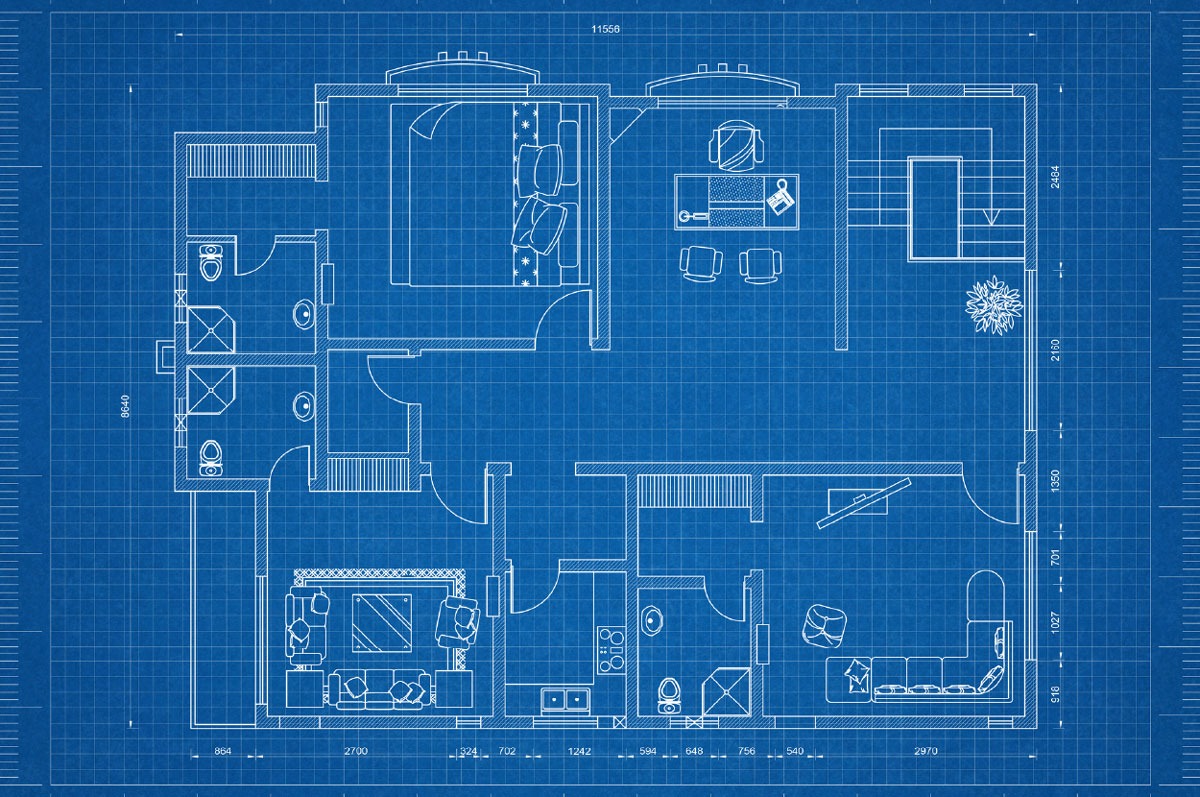Building Information Modelling (BIM) is becoming increasingly commonplace in construction projects on a global scale. The combination of improved collaboration and technology gives project managers the ability to better manage construction projects and comply with budget and time constraints.
However, the BIM life cycle and efforts to adopt it will be futile if surveying is not part of the equation, or if it is brought into the equation too late. Having any kind of structure in place using BIM in order to bring a project in on time successfully is good, but the consequences of having any of the components of the project in the wrong position, or missing, can be catastrophic.
It may sound obvious, but all construction sites are located on land – and this will throw up positional and topographical challenges which are all under the usual remit of a surveyor. Therefore, if a BIM construction project is to reach its potential, it needs to have a surveyor involved at the earliest possible stage, in order to be able to draw on their knowledge of implementing technology and geospatial expertise.
Why is location so important?
Location is the fourth biggest decision driver for construction projects – behind cost, time and complexity – yet it is one of the things that is most commonly taken for granted. If you think about it though, the position of a building can often be its most valued attribute – there are lots of famous buildings out there that are more famous for the view from the top than what it took to build them.
This is the purpose of surveying with BIM, at its most basic level – marrying surveying and BIM allows you to put things in the right place. Obviously, there is a lot more to it than that though, with surveyors having a huge role to play in the fact that every part of the end structure will have all of its components in the right place, with expensive inefficiencies and errors being avoided. On top of this, integrating BIM and surveying also underpins all of the work being done to create ‘digital twin’ buildings based on location-based models and digitally connected communities.
The role of the surveyor in a BIM project
Survey4BIM recently released a guide called “Survey and the Digital Plan of Works” which outlined the advantages of surveyor support throughout the construction process, including:
- Strategy Stage. The surveyor can obtain a full overview of the project and provide broad-based information and survey data to be used as background, as well as to define the coordination scheme.
- Brief Stage. The surveyor can undertake feasibility studies, advise on survey requirements, review site information and provide data to enable strategic decisions to be made.
- Concept Stage. The surveyor can analyse the preparation of the concept design and look at any alterations resulting from initial contractor mistakes or geospatial design flaws.
- Definition Stage. Once the concept has been approved and the design is being developed, the surveyor can ensure project elements are in a suitable format for survey tasks and that survey data is able to be consumed by the common data environment (CDE).
- Design Stage. Surveyors can check and confirm that the data provided so far is suitable for survey work, allowing for a continuous as-built view as the building site is prepared.
- Build and Construction Stage. Surveyors can manage and maintain site control, helping to resolve any design queries as they arise to help minimise design failure creep.
- Conclusion and Handover Stage. Once the construction of a building has been concluded, and the completed building handed over, the surveyor can re-establish suitable control points for the building manager to use for navigation.
- Operation Stage. When the building is in use, the surveyor can locate services in the site coordination system and provide regular data updates to help maintain the currency of all site data.
As you can see, precise measurement is vital in the life cycle of any building, and this is where the skills of a surveyor are most relevant. However, the role of the surveyor in construction goes far beyond this, and they are a fundamental part of the success of any construction project – be it short-term or long-term.
Here at The CAD Room we offer a wide range of BIM services, including Surveying Services, and would be more than happy to talk to you about how both of these services could really make a difference to any of your construction projects. Please get in touch with us to find out more.

